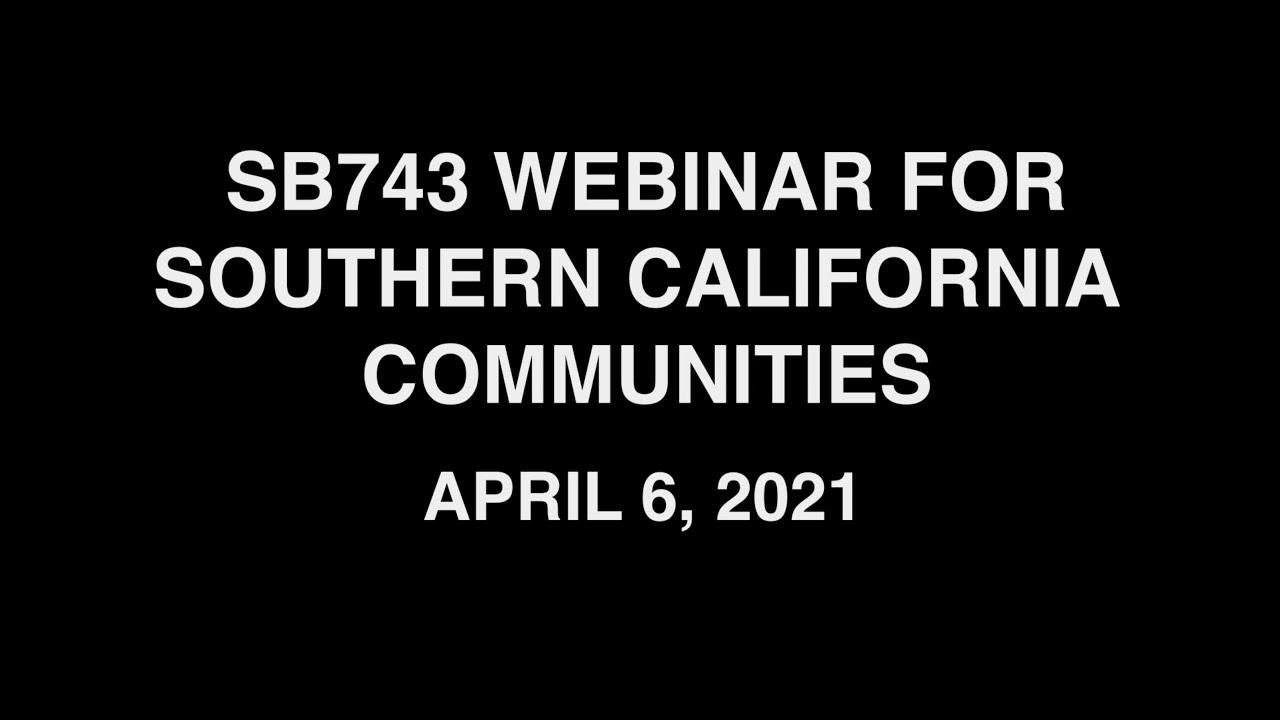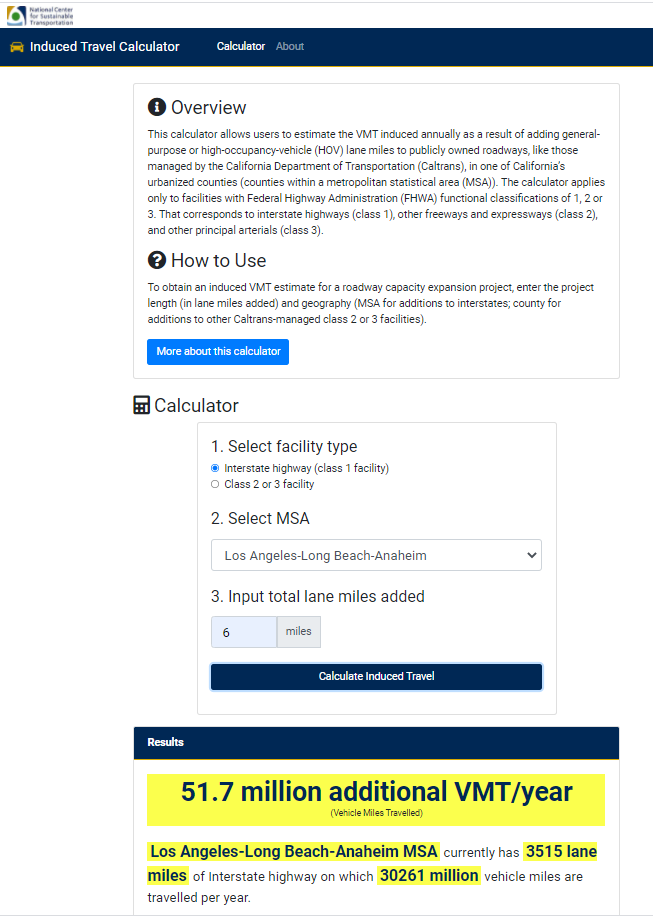
Since statewide implementation of SB 743 began in July 2020, we have been keeping a close eye on how state and local agencies have been administering it. SB 743 was designed to reevaluate how transportation and land use projects are evaluated and approved in California. For example, historically there has been an emphasis on widening freeways and building new ones in the hopes that it would reduce congestion, thereby garnering the approval of environmental impact reports in terms of the supposed traffic levels it would reduce. However, that is a fallacy, as those projects created an induced demand for more people to get out on the road, thereby increasing the vehicle miles traveled (VMT) in the region. Thus, with SB 743, there has been a reform to how these reports are made, to focus more on the climate impacts that are made by new projects and less on the car-centric traffic impacts they bring.
While we are happy that implementation of SB 743 has begun, we must stay vigilant on how it will be implemented. We want to make sure that the law is carried out correctly, so that environmentally harmful transportation projects are not built and that we can achieve a 15% reduction in VMT where future projects are built. To do so, Climate Resolve is working on a number of activities focused on SB 743’s implementation. We helped organize a ClimatePlan webinar with other community activists focused on SB 743 and how people can hold local transportation and land use agencies accountable to implementing SB 743 such that it aligns with climate goals. That includes not only setting the thresholds of significance correctly, so that the target is a 15% reduction in per capita VMT, but also calculating induced VMT correctly. Study after study has shown that any new lane space created in congested metropolitan areas is soon filled with just as much new induced driving — an elasticity of 1. This 1-to-1 ratio is embedded in the induced VMT Calculator, an excellent tool designed to show how much of a VMT increase will occur if a new highway expansion project is built. SB 743 implementation also requires that any induced VMT that exceeds the threshold of significance must be mitigated with other efforts to reduce VMT, something we hope to emphasize more to local administrators. Lastly, we also currently sit on the Metro/LADOT/SCAG’s Technical Advisory Committee, working to develop an equitable local VMT Bank / Exchange program.

Stay tuned and stay involved in the fight as we continue to push for the successful implementation of SB 743 to help reduce VMT levels across California.